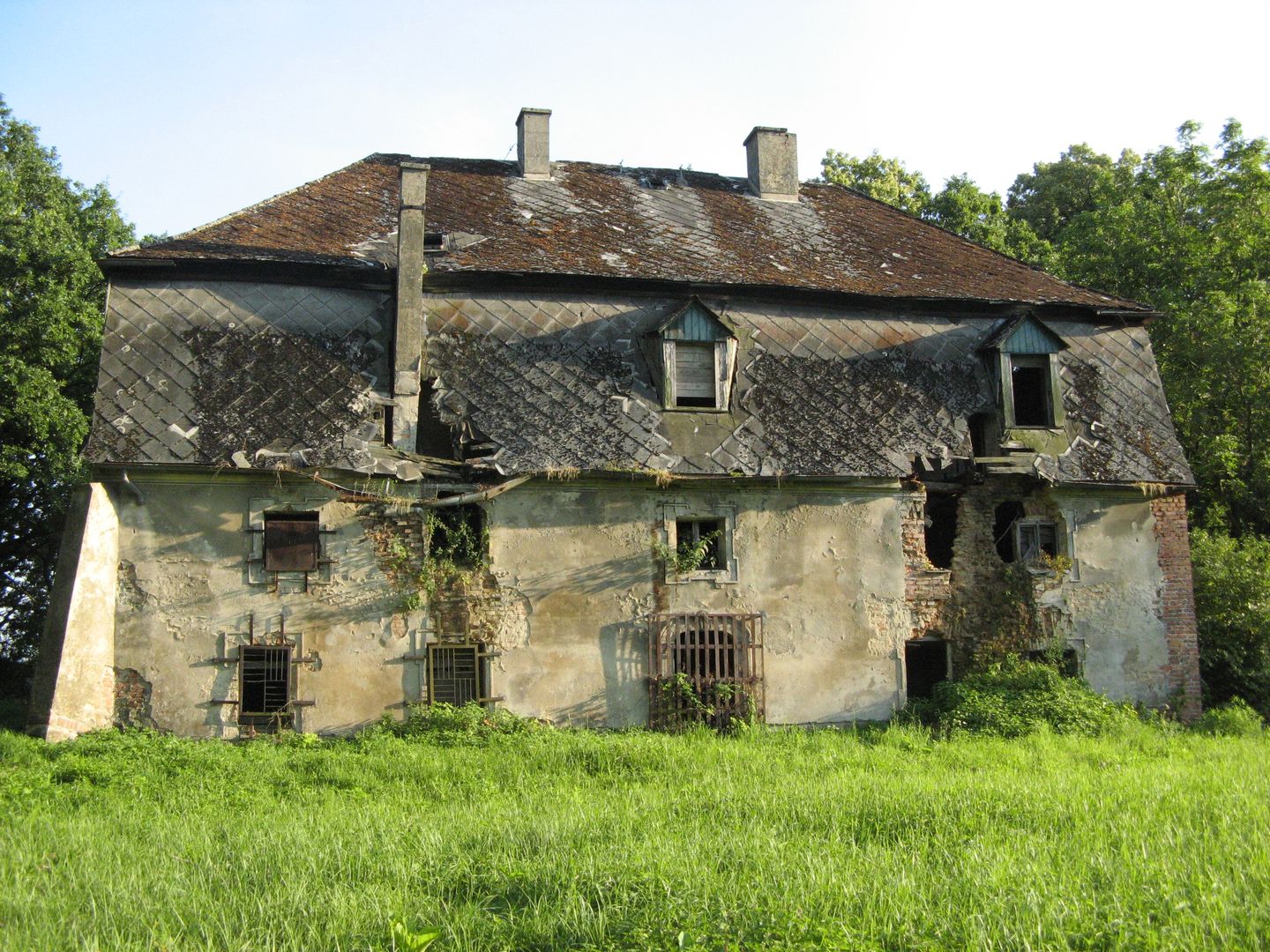Hunting lodge in the Łężczok Nature Reserve
6.7

Overview
The hunting manor, built in 1783 by the Cistercians, is a picturesque structure located in the Łężczak Nature Reserve. Architecturally, the manor was distinguished by elements typical of the classicism era, making it an attractive residence for the nobility, including the Dukes of Racibórz, who took over the estate after the dissolution of the monastery in 1810. In the 19th century, the manor served as a resting place after hunts, and in the early 20th century, it hosted the German Emperor, Wilhelm II, who organized hunts here. From a historical perspective, it is worth noting that in the 1950s, hidden collections of the princely chamber's archive were discovered in the manor, highlighting the significance of this site in the context of local history. After the war, the manor was converted into a forester's lodge, and today it lies in ruins, attracting interest from both tourists and history enthusiasts. It is also worth mentioning that in the vicinity of the manor, within the reserve, stands the Oak of Sobieski, which is an important natural feature of the region. Nearby, there is also an old princely fish farm that continues to operate to this day, emphasizing the cultural and historical continuity of this area. Although currently neglected, the hunting manor preserves the memory of a rich history and the hunting traditions of this picturesque region.
Location
2025 Wizytor | All Rights Reserved